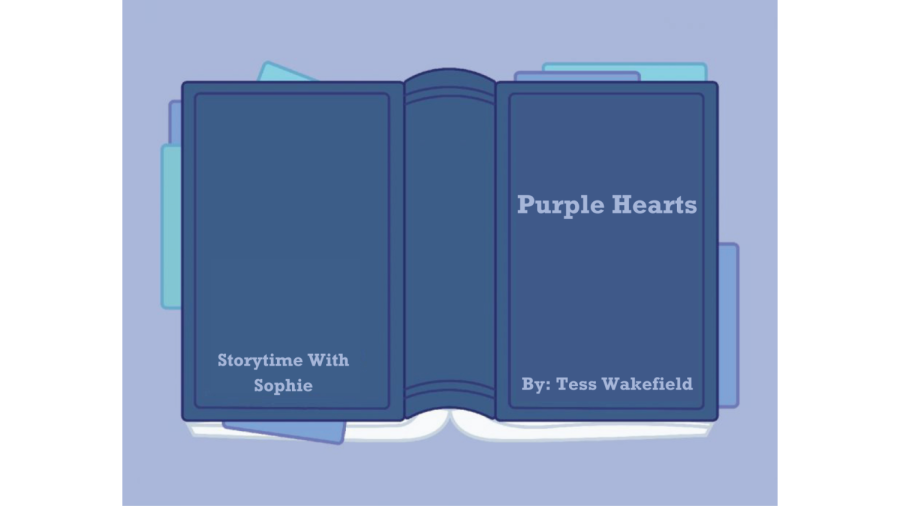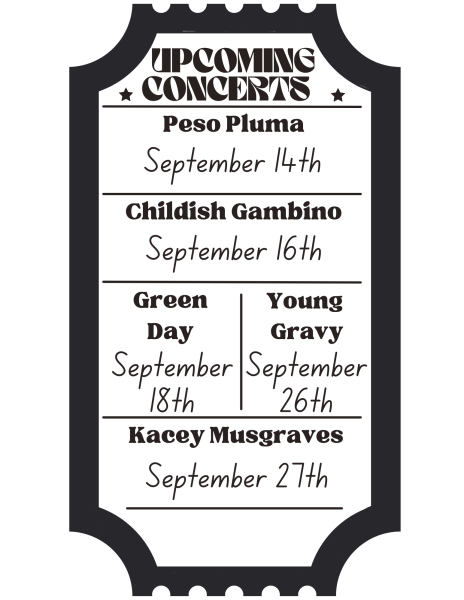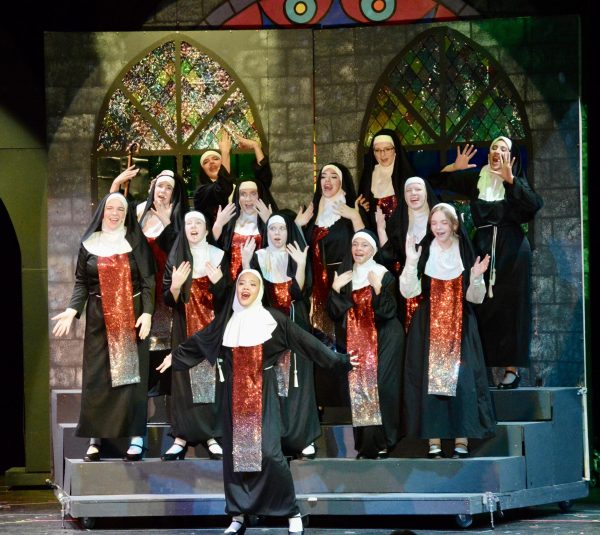Storytime (and movie-time) with Sophie: Purple Hearts
Another book adaptation making its way to screen?! Various streaming services have begun to put a pause on creating original movies and shows, focusing rather on producing adaptations from pre-existing works of literature. The latest addition to this phenomenon is the romance novel, “Purple Hearts” (if it can even be considered literature). The film was released to Netflix on July 29, 2022, but the original work was released in 2017 by author, Tessa Wakefield.
The story focuses on the two main characters of Cassie Salazar and Luke Morrow. The characters are opposites in almost every way, raining from their political beliefs, passions, and motivations. Cassie is a person of color with a single mom, who although has a pre-law degree, hopes for a career in music. Luke has had a colored past relating to drugs and debts but is now enlisted in the army.
Following Cassie’s type two diabetes diagnosis and Luke’s threat of owing money to persons from his past, the two engage in a fake marriage to gain extra benefits and funds from the military. And that folks, is the plot. The American Healthcare system forces young adults to fake a marriage to pay for insulin to survive, and so the male lead can pay off his debt to drug dealers.
Both works follow the same characters and the same plot, but contain many small differences and alterations. These small differences, however, begin to add up and become more noticeable. For example, in the book Cassie develops her diabetes diagnosis throughout multiple chapters, opposed to the movie which starts off with her already knowing, Another notable difference is the characterization of specific characters, and the existence of others at all. The book involves the characters of Cassie’s mother, bandmates, and Frankie (a common friend) much more intimately than the movie which prioritizes the main duo.
As is typically the case, the book is better than the movie, if only barely. A unique feature is the book’s incredibly short chapters, some comprising only one page. The pacing of the book was also somewhat odd, with incredibly slow parts, and then seemingly incomprehensible time jumps. The only added benefit to the book was getting to have more insight into the characters. Most notable is the male protagonist. In the movie, the male lead, who is meant to make viewers swoon, poses as more problematic and stoic than anything. The book gives more context into the way he acts the way he does, and the anxiety he chronically suffers from, not that the anxiety excuses his dismal of racist and misogynistic comments.
All in all, however, neither the adaptation nor the source material mark anything phenomenal. A lackluster plot that forces both the main characters to pick and choose what their moral standards and beliefs are depending on what fits their current situation the best. In the end, both characters lost parts of themselves in order to fit into what the other wanted. Not to mention, the unrealistic, (and highly illegal) nature of this relationship makes it harder to enjoy either media.
The release of the film was highly anticipated on social media, with some of its enthusiasts proposing an “enemies to lovers, fake marriage,” opposed to the reality of a mediocre film with one too many song sequences.
Both plots also contain incredibly problematic scenes and concepts. At a dinner commemorating the night before the soldiers are sent off, one of Luke’s fellow soldiers makes a racist comment to which Cassie stands up against. However, this action of hers is seen as a bad thing, and there is never a scene in which Luke defends his alleged wife, or disapproves of the comment.
As could be expected in the newest wave of adaptations of “Persuasion”, “Love and Gelato”, and “Where the Crawdads Sing,” not every production is going to bring in success and book accuracy. One can only hope that Netflix’s next attempt shys away from the “conservative bro” (as used in the book) and “liberal nut” (as seen in the movie) romance trope, and pursue an original, or in the very least, less offensive production.

Sophie Barkett is a junior at Perry High. This is her second-year writing in the newspaper, and she is the Reviews/ Opinions editor. Her beats this year...





